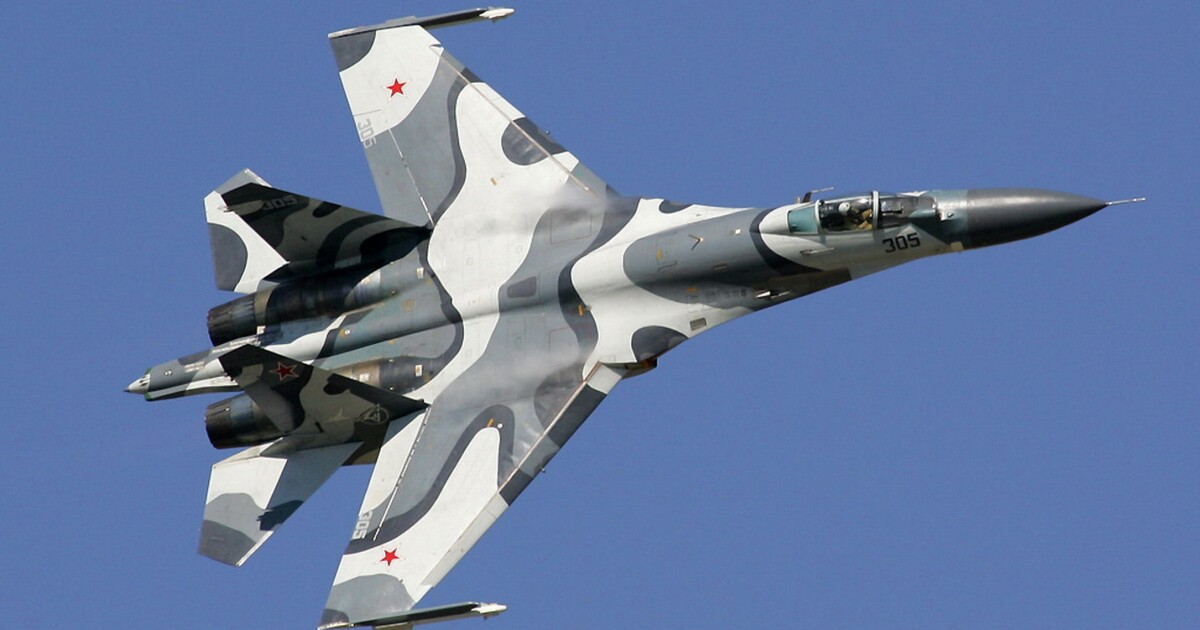

Russia’s Ministry of Defense said it scrambled a fighter jet on Monday in response to two U.S. Air Force B-52H strategic bombers.
U.S. Air Forces in Europe-Air Forces Africa confirmed that two B-52s conducted a long-range Bomber Task Force mission with NATO Allies and Partners in Estonian airspace. The Russian Ministry of Defense said the U.S. pilots were “flying in the direction of the State Border of the Russian Federation,” while the U.S. military said they remained at least 50 nautical miles from Russian airspace.
RUSSIAN AIRCRAFT COLLIDES WITH UNMANNED US DRONE OVER THE BLACK SEA
“The flights remained within Estonian airspace the entire flight at an approx. distance of 50NM from Russian air space. At no point did B-52’s make contact with Russian aircraft,” U.S. Air Forces in Europe-Air Forces Africa said in a statement to the Washington Examiner on Tuesday. “This mission was part of normally scheduled training operations coordinated months prior to execution in accordance with flight standards specified within International Civil Aviation Organization guidelines, to include filing international flight plans and operating with due regard for the safety of all aircraft.”
The Russians scrambled a Su-35 fighter and it returned to its base airfield “after the removal of foreign military aircraft,” Russia’s Ministry of Defense said on Telegram.
Last week, two Russian pilots intercepted an Air Force MQ-9 unmanned aircraft, dumped fuel on it, and one ultimately crashed into it. Similar to this time, Russian officials denied the U.S.’s description of what happened, though U.S. European Command declassified and released video footage from the U.S. drone that showed the incident.
The military was forced to essentially crash land the drone into the Black Sea, but not before they were able to wipe it of sensitive data should it fall into the wrong hands. Though they are hoping to recover it themselves, it remains unclear if that will happen.
“It probably broke up, probably not a lot to recover, frankly,” Gen. Mark Milley, the chairman of the Joint Chiefs of Staff, said at a briefing last week. “As far as the loss of anything of sensitive intelligence, etc., as normal we would take, and we did take, mitigating measures. So we are quite confident that whatever was of value is no longer of value.”
This type of behavior from Russian pilots is becoming more common, though this was the first time a Russian pilot has crashed into a U.S. drone.
CLICK HERE TO READ MORE FROM THE WASHINGTON EXAMINER
“This hazardous episode is part of a pattern of aggressive, risky, risky and unsafe actions by Russian pilots in international airspace,” Secretary of Defense Lloyd Austin said during the briefing, alongside Milley.
Austin and Milley talked on Wednesday with their Russian counterparts, though neither office provided details of their respective conversations.





